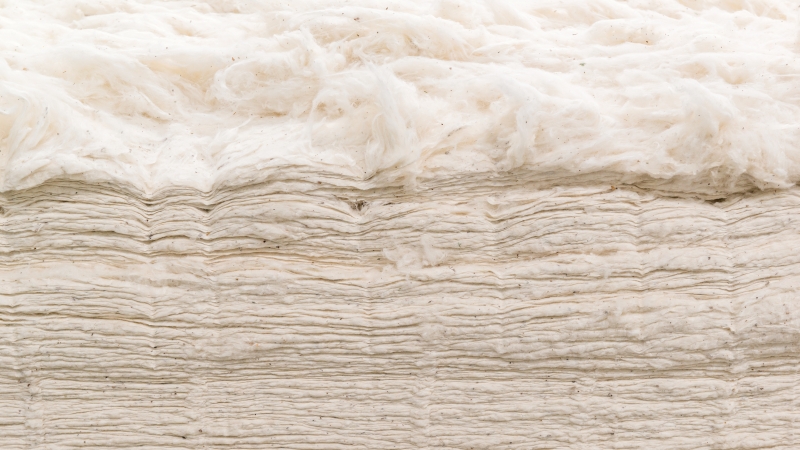China Matters
As the world’s eyes fell on Beijing in August for the 2008 Olympic Games, countless people found out what the cotton industry has long known: China matters.
The nation put its best foot forward in displaying its culture and progress to the world in preparation for the Games. Ultimately, though, China will continue to develop economically long after the games leave, and cotton will play no small role in shaping the ever-growing nation. Cotton’s future there will be felt worldwide.
The nation is at an agricultural crossroads in the face of a booming population. As cities and suburbs grow ever larger due to industrial growth, less land can be devoted to crops. In the May 2008 issue of Cotton Grower, Memphis-based cotton merchant William B. Dunavant, III wrote that he expects China to lose 1.5%-2.0% of its arable farm land annually over the next 10 years. For a country that produces more cotton than any other nation in the world, the effects of such a reduction in acreage would be felt worldwide.
Population growth in China will also have varying affects on the market. In a nation of more than one billion people, food supply is always at the forefront. It is expected that more land will be devoted to food over fiber, as the former is a more immediate necessity. But with an emerging middle class, the demand for clothing will also rise with the demand for food.
This emerging economy has left China in command of its own destiny. As witnessed by the July 29 breakdown in WTO negotiations, the nation is maneuvering to protect its own agricultural interests. Delegates from the United States and Europe cited China’s refusal to lower tariffs on the country’s imports, including cotton, as a roadblock.
Chinese officials insisted that the elimination of these tariffs would flood the Chinese market with foreign grown cotton and result in a loss of millions of jobs for Chinese producers. But in the face of an increased domestic demand and a probable decrease in domestic production, something will have to give soon in the Chinese market.
Initially, a solution to China’s problems could come in the form of drastically increased yields. But no amount of technology could replace an eventual loss of 15% of farm land while demand skyrockets. The nation opened its arms to the world in August, but in September it will be left with the same dilemma it had before the games. The option of opening its cotton markets at a faster pace will still be there. It’s an option the nation is familiar with.
Mainland China imported over 664,000 Metric Tons (MT) of cotton in 1995/96. Ten years later, that figure had grown to nearly 4.2 million MT. The concept of opening the gates to the rest of the cotton producing world is not exactly new to the Chinese.
The question of how best to introduce foreign cotton to the market is what the Chinese are currently debating. Obviously, Chinese delegates at the WTO meetings in July felt that relaxing tariffs was not the best way to accomplish these ends.
Amidst all of the searching the emerging nation must do to find its way, one thing will be certain: Long after the Games have ended, the ball will still be in China’s court when it comes to the global cotton trade.








